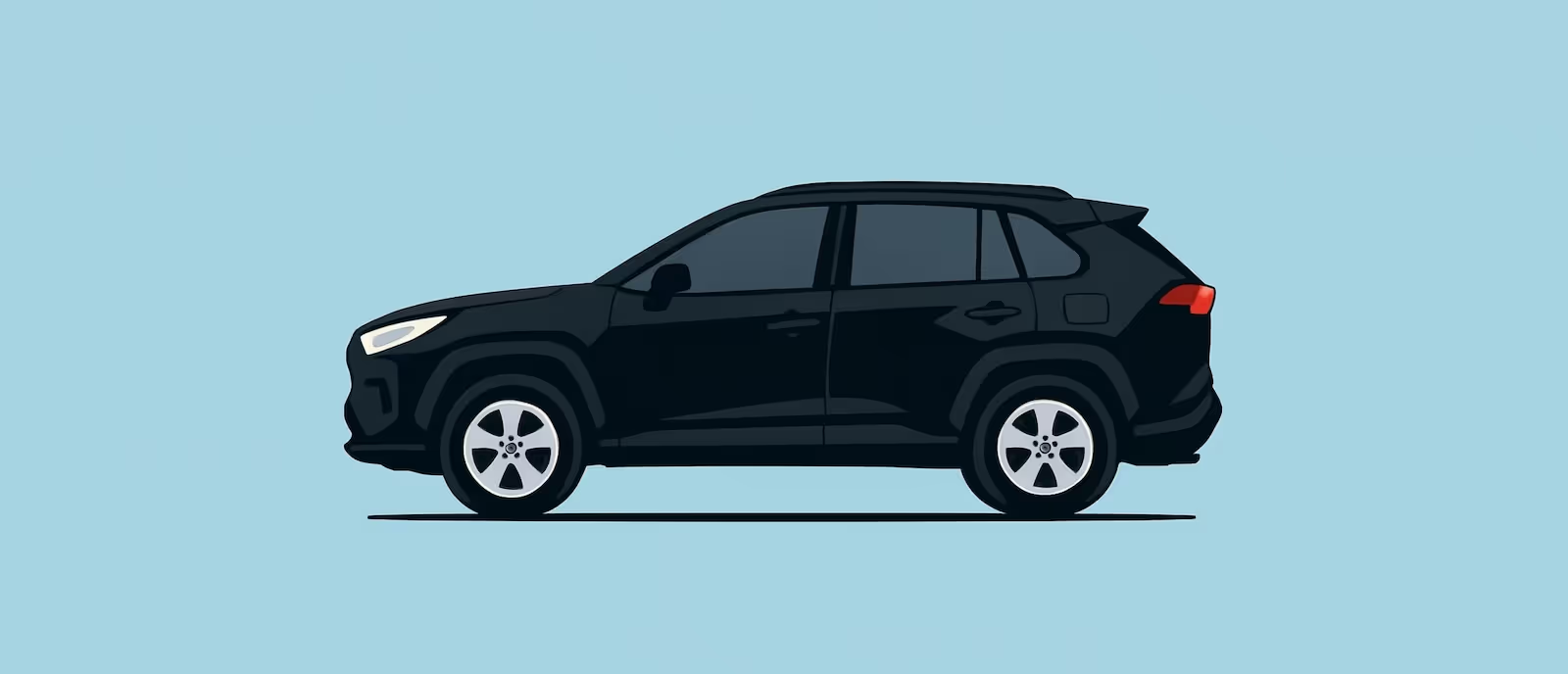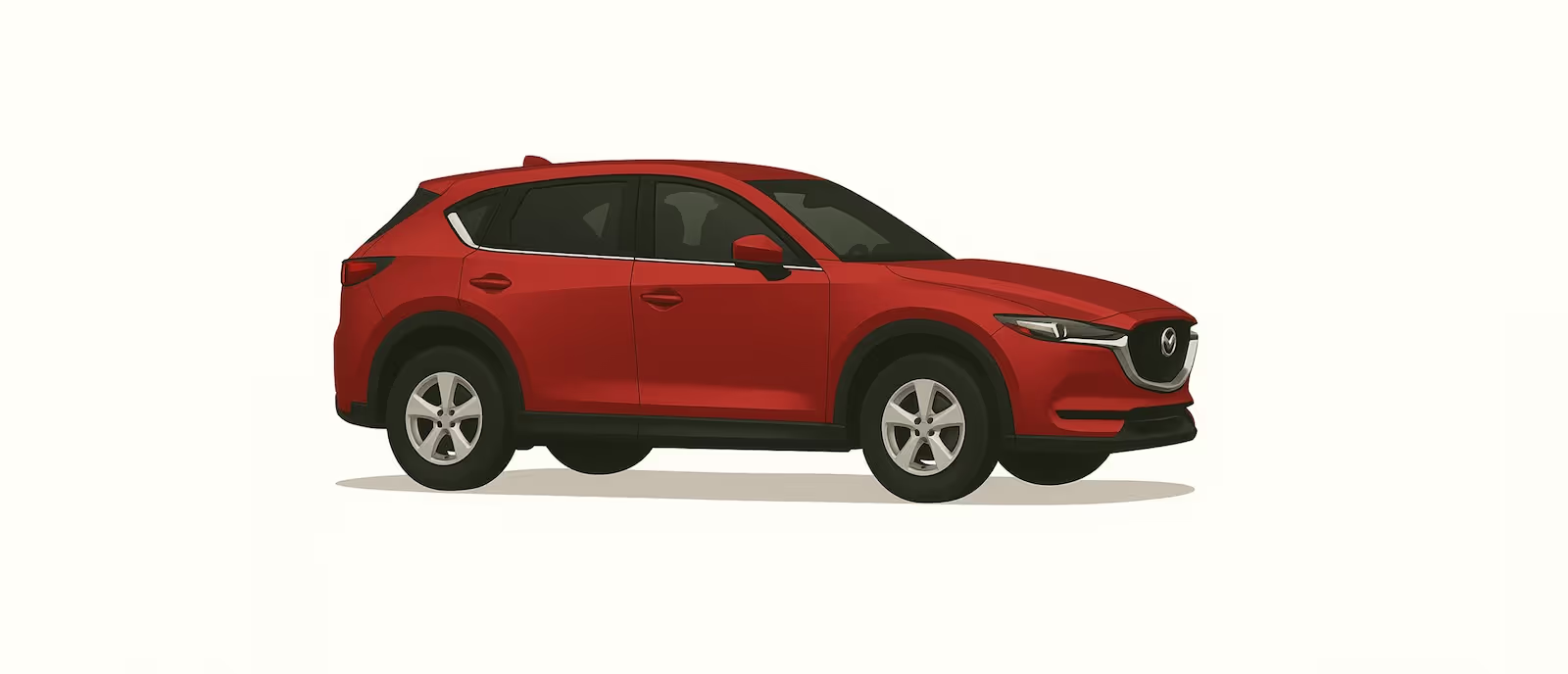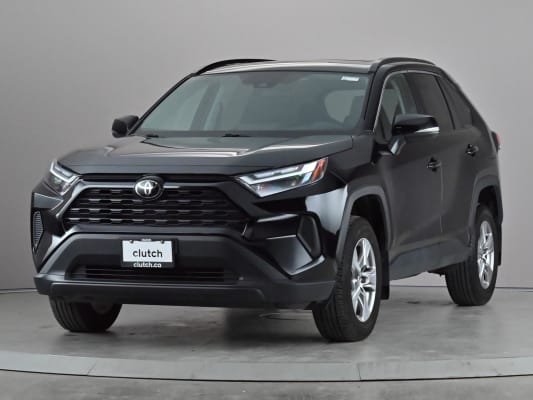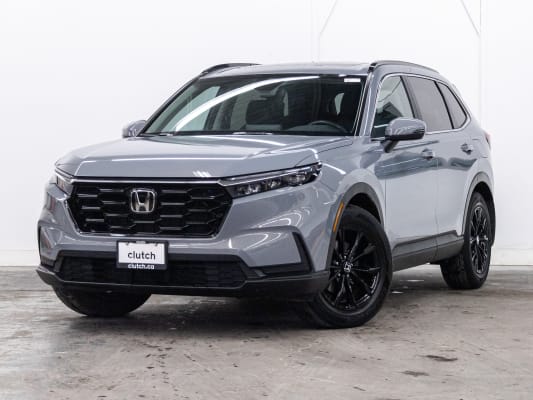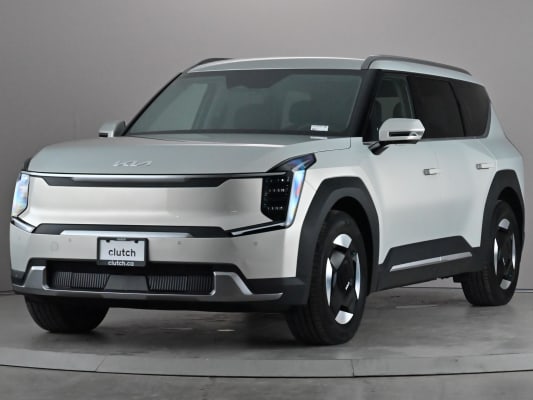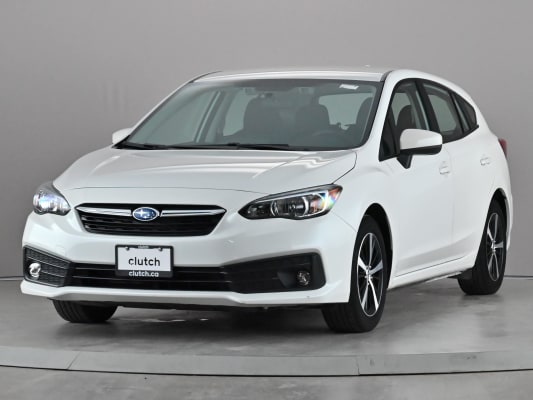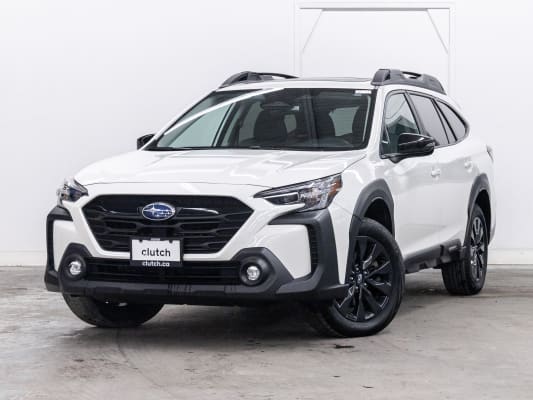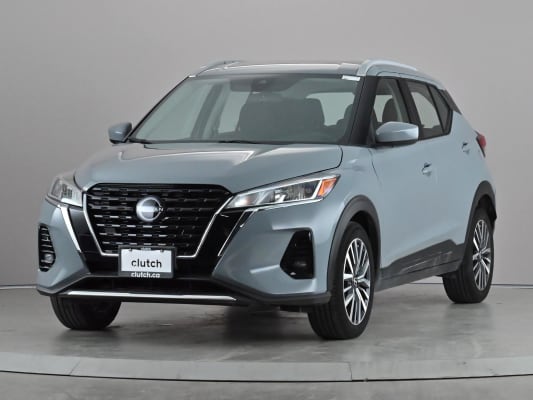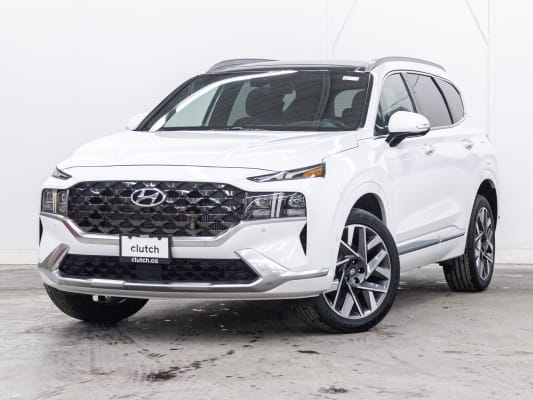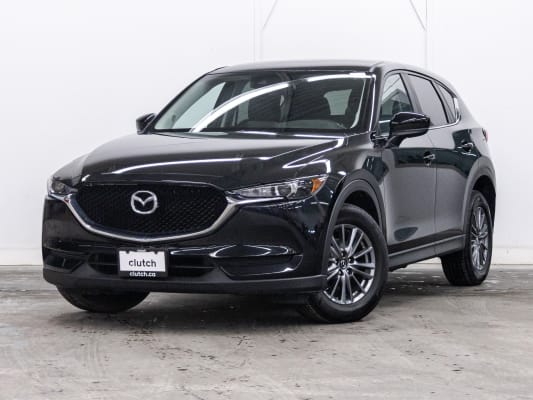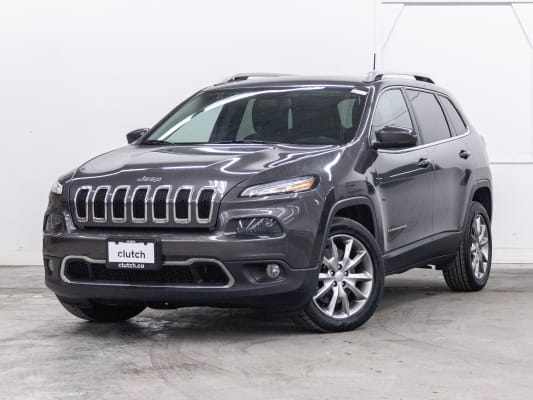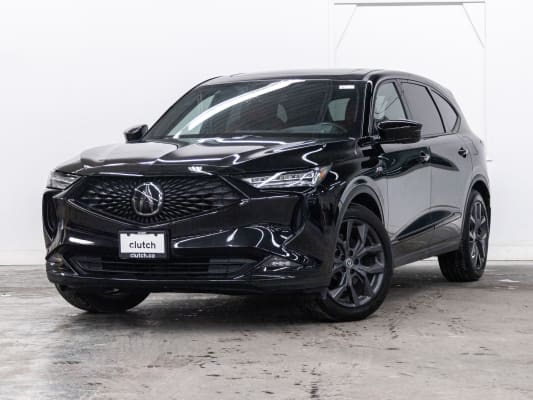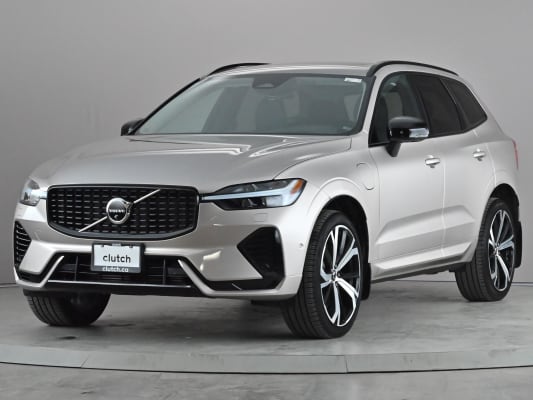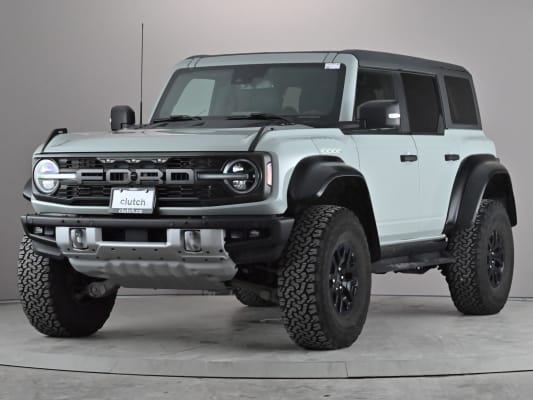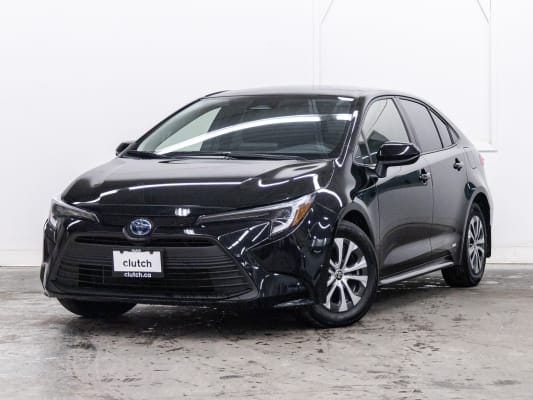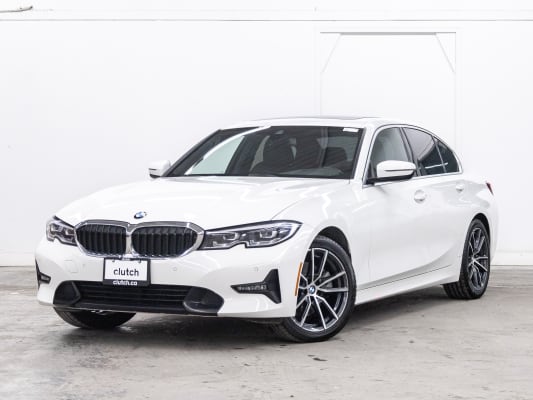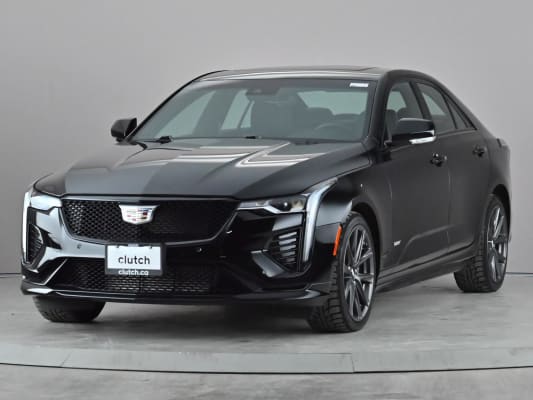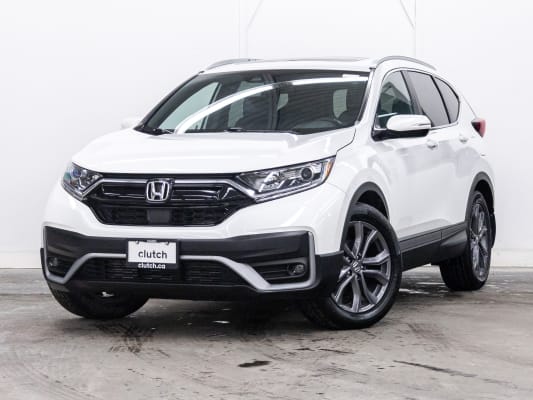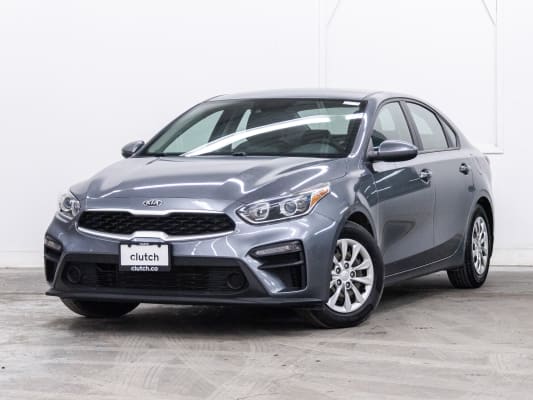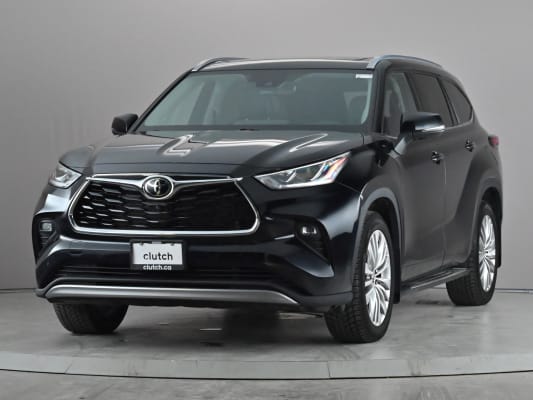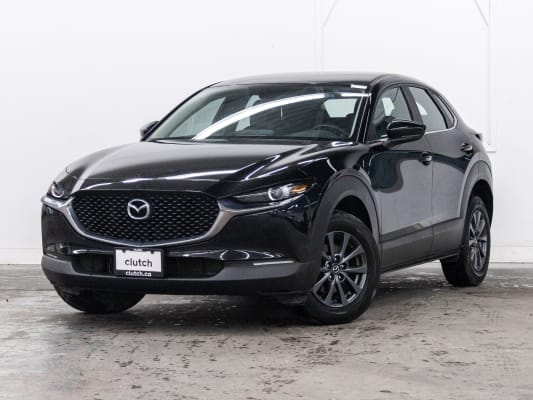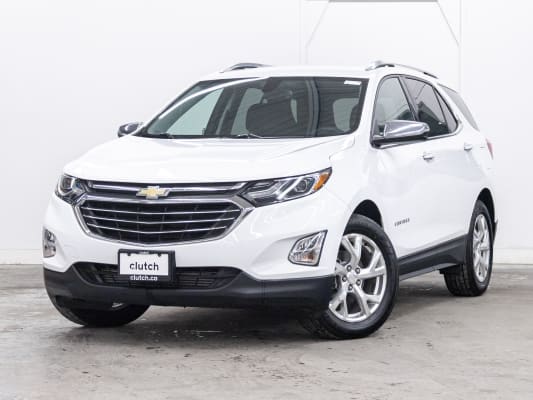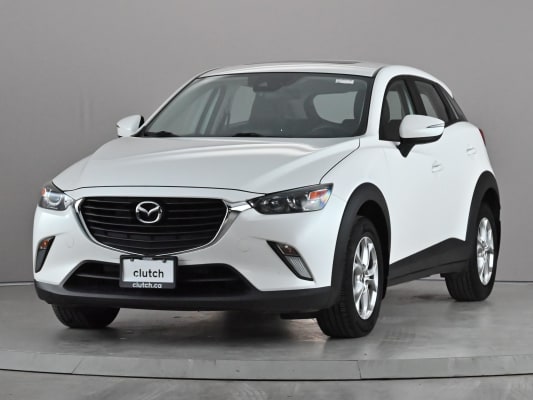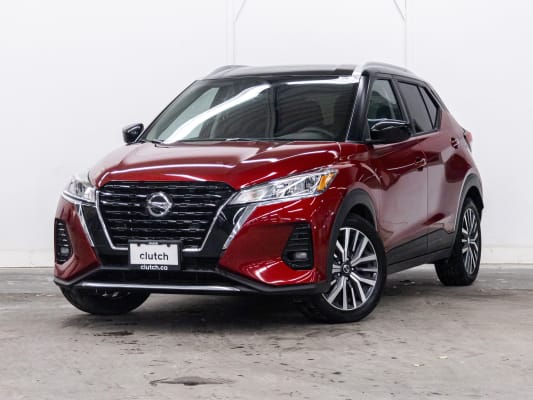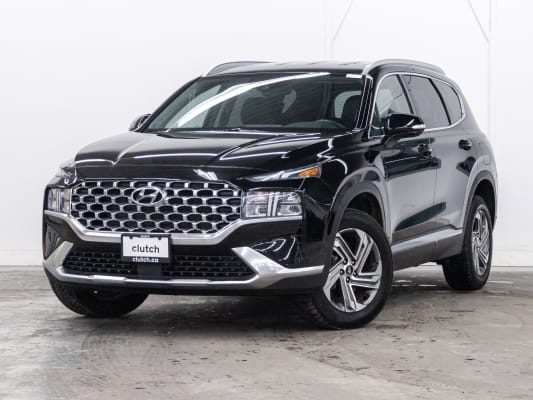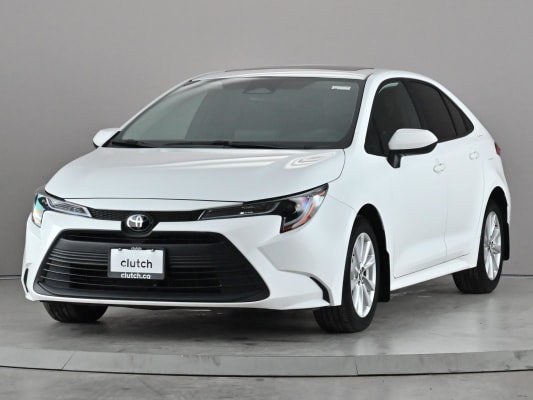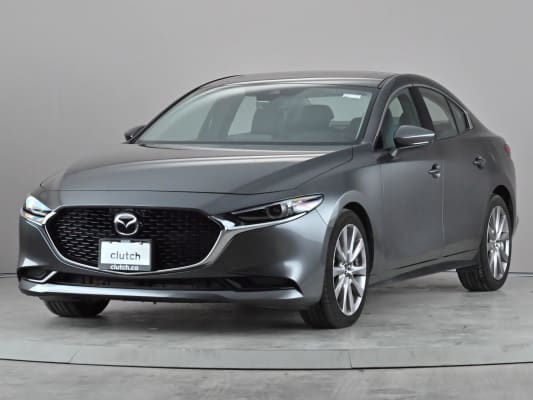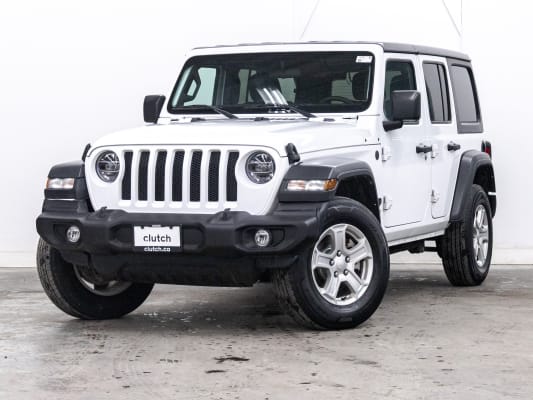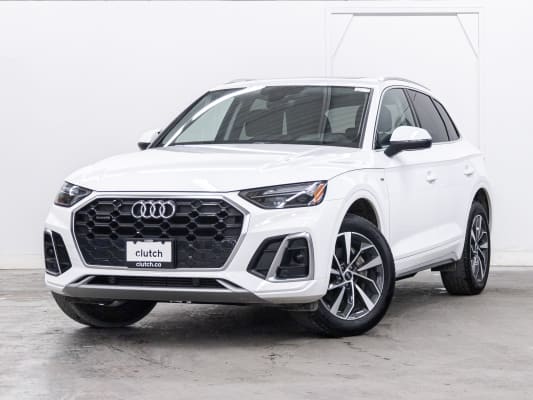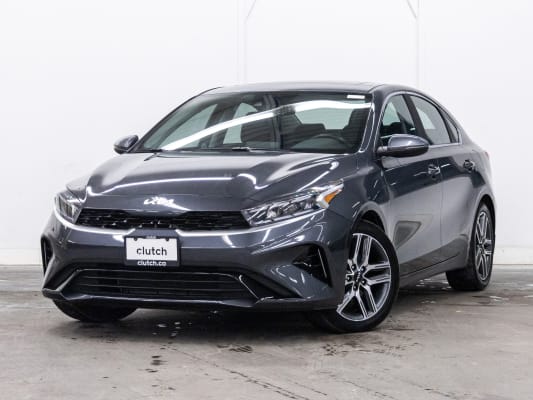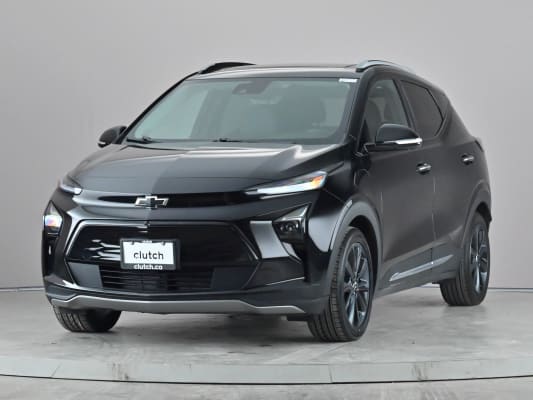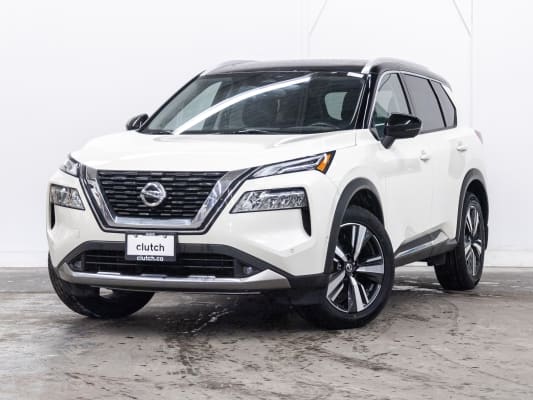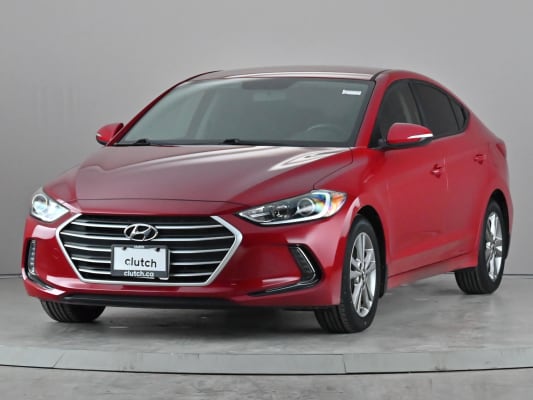The Nissan Rogue is one of Canada’s best-selling compact SUVs, loved for its affordable price, fuel efficiency, and family-friendly design. With comfortable seating for five, good cargo space, and available all-wheel drive, it has become a go-to choice for commuters and young families across the country.
But while the Rogue has plenty of strengths, not every model year delivers the same level of reliability. Some years are known for transmission failures, electrical glitches, and costly repairs that can turn what should be a dependable SUV into a financial headache.
In this guide, we’ll highlight the Nissan Rogue years to avoid, explain the most common issues, and help you choose the safest and smartest used Rogue for your budget.

2008 Nissan Rogue: First-Year CVT and Safety Headaches
The Rogue debuted in 2008 as Nissan’s first compact crossover SUV, aiming to compete with best-sellers like the Honda CR-V and Toyota RAV4. While it introduced stylish looks and a comfortable cabin, the first-year model suffered from widespread reliability problems that made ownership costly for many drivers.
Common Issues:
- Early CVT Transmission Failures: The 2008 Rogue was among the first models to use Nissan’s continuously variable transmission (CVT). Many owners reported slipping, shuddering, or outright failure before 130,000 km. Replacement costs often exceeded $4,000, and failures were so common that extended CVT warranties were later introduced by Nissan.
- Steering Column Defects: A known issue involved faulty steering shafts that could cause clunking noises or looseness in steering response. While not as widespread as CVT problems, this still raised safety concerns and sometimes required expensive steering column replacements.
- Airbag Recalls: Several 2008 Rogues were affected by recalls linked to faulty occupant detection systems and airbags that might not deploy correctly in a crash. This put safety into question, especially for families considering an older Rogue.
- High Repair Costs: Between CVT replacements, recall fixes, and suspension wear, many 2008 Rogues became money pits as they aged. Even well-maintained examples required thousands of dollars in upkeep to stay roadworthy.
Verdict: Unless the transmission has already been replaced with documentation and all recalls have been addressed, the 2008 Rogue is one of the riskiest used Nissan SUVs you can buy today.
2011 Nissan Rogue: Transmission and Electrical Problems
The 2011 Rogue, part of the first generation, arrived with minor updates but carried over many of the same mechanical weaknesses as earlier models. While Nissan refined the styling and interior features, reliability issues persisted, particularly around the CVT and electrical system.
Common Issues:
- CVT Overheating and Failure: The 2011 Rogue continued to use the same CVT design that had plagued earlier years. Owners reported jerking, whining noises, and sudden loss of power, especially during highway driving or in hot weather. Repair costs frequently topped $3,500, and even replacement units were not always a permanent fix.
- Steering Assist Problems: Some drivers experienced intermittent power steering loss, particularly at low speeds or during parking maneuvers. This created safety concerns and often required replacing the steering pump or related components.
- Electrical System Failures: Issues with the Intelligent Key system, power windows, and electronic control modules were frequently reported. These failures often cropped up unpredictably, leading to frustrating and expensive repairs.
- Suspension Wear: Many 2011 Rogues developed premature strut and control arm wear. This not only caused clunking noises but also led to uneven tire wear, adding to ownership costs.
Verdict: While not as disastrous as the very first model year, the 2011 Rogue remains a high-risk option due to ongoing CVT and electrical issues. Unless you find a well-documented example with major repairs already completed, it’s best approached with caution.
2013 Nissan Rogue: Aging Design and Lingering CVT Problems
The 2013 Rogue marked the final year of the first generation before a full redesign in 2014. Unfortunately, it carried over many of the same flaws that had plagued earlier models, particularly with the transmission. While it offered practical cargo space and standard features, its long-term reliability record makes it a risky choice for used buyers.
Common Issues:
- Persistent CVT Failures: The first-generation CVT continued to show chronic reliability problems in 2013. Many owners reported shuddering, slipping, or complete transmission failure, sometimes before 120,000 km. Even with Nissan’s extended warranty coverage, repairs often exceeded $3,000-$4,000.
- Excessive Cabin Noise: Compared to newer rivals, the 2013 Rogue suffered from poor cabin insulation. Wind and road noise at highway speeds were common complaints, which made longer drives less comfortable.
- Electrical Glitches: Owners frequently dealt with faulty sensors, malfunctioning backup cameras, and issues with the Intelligent Key system. While not always catastrophic, these problems added to repair costs and headaches.
- Premature Suspension Wear: Struts, bushings, and control arms often required early replacement. Many drivers reported clunking noises from the front end as early as 80,000 km.
Verdict: The 2013 Rogue is best avoided, especially given that the following generation brought significant improvements in comfort, technology, and safety. Unless heavily discounted and with full service records, it’s worth skipping.
2014 Nissan Rogue: First-Year Bugs and Reliability Concerns
The 2014 model launched the second-generation Rogue, bringing a more modern design, improved interior quality, and better fuel efficiency. Unfortunately, like many first-year redesigns, it came with its share of teething problems. While appealing on paper, the 2014 Rogue’s reliability record makes it one of the riskiest years to buy used.
Common Issues:
- CVT Hesitation and Overheating: Nissan’s continuously variable transmission was still a weak point. Owners reported hesitation during acceleration, loud whining noises, and even overheating on longer drives. These issues often led to premature transmission replacements.
- Powertrain Stalling: Some drivers experienced sudden loss of power while driving, especially at highway speeds. This problem was frequently linked to the CVT and left many owners stranded.
- Faulty Air Conditioning Systems: The 2014 Rogue was known for A/C system failures, particularly compressors that quit well before expected. Repairs often cost well over $1,000.
- Infotainment and Electronics Glitches: From frozen touchscreens to malfunctioning Bluetooth connectivity, early electronics in this generation were prone to bugs. Updates and recalls helped, but many issues persisted.
Verdict: As a first-year model, the 2014 Rogue is one to avoid. Later years of this generation became more reliable, but buying a 2014 means a higher risk of major repairs and frustrating ownership.
2018 Nissan Rogue: Tech & Transmission Complaints
By 2018, the second-generation Rogue had become one of Canada’s most popular compact SUVs, thanks to its spacious interior, efficient fuel economy, and competitive pricing. However, popularity didn’t equal perfection. The 2018 Rogue carried over many of Nissan’s long-standing CVT transmission concerns while also introducing a wave of new complaints about its driver-assist technology and electronics.
Common Issues:
- CVT Jerking and Slipping: Owners continued to report problems with Nissan’s CVT, including shuddering during acceleration, delayed throttle response, and occasional stalling. Many drivers noted these symptoms occurred as early as 80,000 km, raising concerns about long-term durability.
- Transmission Overheating: On longer trips, especially in hot weather or when climbing hills, the CVT was prone to overheating. This triggered a “limp mode” that reduced power and left drivers with limited acceleration until the system cooled.
- Inconsistent Safety Tech: The 2018 Rogue featured Nissan’s ProPILOT Assist and advanced driver-assist systems, but owners often reported false alarms, such as forward collision warnings activating without cause. Adaptive cruise control was also criticized for braking too abruptly.
- Electrical and Infotainment Glitches: Issues included frozen touchscreens, malfunctioning backup cameras, and random audio system failures. While not as costly as transmission repairs, these glitches hurt the overall ownership experience.
Verdict: While the 2018 Rogue is newer and more feature-rich than earlier models, its blend of transmission concerns and unreliable tech makes it a high-risk choice. Buyers are better off choosing a later year where Nissan addressed some of these problems.
Common Nissan Rogue Problems
Even outside of the years to avoid, the Nissan Rogue has a few recurring issues that buyers should keep in mind when shopping for a used model. Some are minor annoyances, while others can become expensive repairs if left unchecked.
- CVT Transmission Concerns: The Rogue’s continuously variable transmission (CVT) is the most common source of complaints across multiple generations. Owners have reported jerking, shuddering, slipping, and even full transmission failure. Repairs or replacements can cost $3,000-$5,000, and while some were covered under warranty extensions, many older models are now out of coverage.
- Air Conditioning Failures: Several Rogue years experienced A/C system problems, including compressors seizing or leaking refrigerant. This can lead to expensive fixes, often running $1,000-$1,500. In Canada’s hot summers, this is more than just an inconvenience.
- Electrical System Glitches: Backup cameras, infotainment touchscreens, and dashboard displays are known to malfunction. While some issues were addressed through recalls, intermittent failures are still a common frustration among owners.
- Faulty Safety Tech: Advanced driver-assist features, including forward collision warning and emergency braking, have occasionally triggered without cause. While not dangerous in every instance, unexpected braking or alerts can reduce driver confidence.
- Steering System Complaints: Earlier models (particularly first-gen Rogues) had problems with power steering pumps and racks, which could cause heavy steering or whining noises. Replacement costs typically fall in the $1,000-$2,000 range.
- Excessive Road Noise: While not a mechanical fault, the Rogue has long been criticized for poor cabin insulation. Highway driving in particular can be loud compared to rivals, which impacts comfort on long trips.
Bottom line: A well-maintained Rogue can serve as a reliable and budget-friendly compact SUV, but potential buyers should pay extra attention to the transmission and electrical systems during a pre-purchase inspection.
What to Look for When Buying a Used Nissan Rogue
To make sure you’re getting a Rogue that will last, it’s important to do a careful check before you commit. Here are the key points Canadian buyers should focus on:
- Transmission Health: Take an extended test drive at both city and highway speeds. Pay close attention for jerking, shuddering, or whining sounds from the CVT, as these are early warning signs of failure.
- Service History: Look for detailed maintenance records, especially showing regular transmission fluid changes. Nissan CVTs are sensitive to neglect, and poor maintenance often leads to costly repairs.
- Air Conditioning Check: Run the A/C at different settings to confirm it cools properly and doesn’t make unusual noises. A failing compressor can be an expensive fix.
- Electronics & Safety Tech: Test all infotainment features, backup cameras, and safety systems. Confirm that forward collision warning and adaptive cruise control (if equipped) operate smoothly without false alerts.
- Rust Inspection: Like many compact SUVs driven in Canadian winters, older Rogues can develop rust on the undercarriage, wheel wells, and door sills. Bring a flashlight to do a close inspection.
- Tire & Brake Condition: Uneven tire wear may signal alignment or suspension issues. Check brakes for vibration or squealing, which could point to rotor or caliper problems.
- Recalls Completed: Verify through Transport Canada or a Nissan dealer that all recall work has been completed. Key recalls have covered airbag systems, wiring harnesses, and backup cameras.
Pro tip: A pre-purchase inspection (PPI) from a trusted mechanic (over a 210-point inspection by Clutch) is especially valuable with the Rogue, as many of its issues develop gradually and aren’t always obvious during a short test drive.

Is the Nissan Rogue Still Worth It?
Despite some problem years, the Nissan Rogue remains one of the most popular compact SUVs in Canada for good reason. It offers a comfortable ride, practical cargo space, and available all-wheel drive that makes it a solid companion for Canadian winters. Many newer model years, particularly from 2020 onward, have shown significant improvements in reliability and technology, making them strong options on the used market.
The key is knowing which Rogue years to approach with caution and making sure any vehicle you’re considering has been properly maintained. Armed with this knowledge, you don’t have to avoid the Rogue entirely–you just need to choose wisely.
At Clutch, we make the process simple. Every used Nissan Rogue in our inventory is fully inspected, reconditioned, and comes with a free CARFAX report and 10-day money-back guarantee. That means you can shop with confidence and avoid the risks that come with private sales.
Looking for more details on the model years? Check out our guide on the Best Nissan Rogue Years to Buy for a closer look at which models to steer clear of and why.
{{widget-1}}
FAQs About Nissan Rogue Years to Avoid
What are the worst years for the Nissan Rogue?
The worst Nissan Rogue years are generally 2013, 2014, and 2018, which are known for CVT transmission failures, electrical issues, and tech-related complaints. Early first-generation models (2008–2010) also had transmission overheating problems. These years tend to have higher repair costs and more owner-reported complaints, so they’re best approached with caution.
How long does a Nissan Rogue last?
With proper care and regular maintenance, a Nissan Rogue can last 250,000 to 300,000 km or more. Newer models have shown better long-term reliability than earlier generations, especially when the CVT transmission is serviced regularly. Choosing a Rogue with full service records and lower mileage will greatly improve its lifespan.
Is the Nissan Rogue reliable in Canada?
The Nissan Rogue offers average reliability compared to rivals like the Toyota RAV4 and Honda CR-V. While later generations (2017 and newer) improved in safety, comfort, and technology, earlier models were plagued by CVT problems. In Canada, many Rogue owners appreciate the standard or available all-wheel drive, which helps in snowy and icy conditions.
Which Nissan Rogue years are best to buy used?
The best Nissan Rogue years to buy used are generally 2017, 2019, 2020, and newer. These years benefitted from design updates, improved safety features, and fewer transmission issues. Models from 2021 onward, part of the redesigned third generation, offer the best mix of modern tech, reliability, and fuel efficiency.
Does the Nissan Rogue have transmission problems?
Yes, the Nissan Rogue is well-known for issues with its CVT (continuously variable transmission), particularly in models from 2008-2016 and 2018. Problems include overheating, shuddering, slipping, and even complete transmission failure. Nissan has issued several service bulletins and extended warranties on certain CVTs, but buyers should always confirm maintenance history before purchasing a used Rogue.






